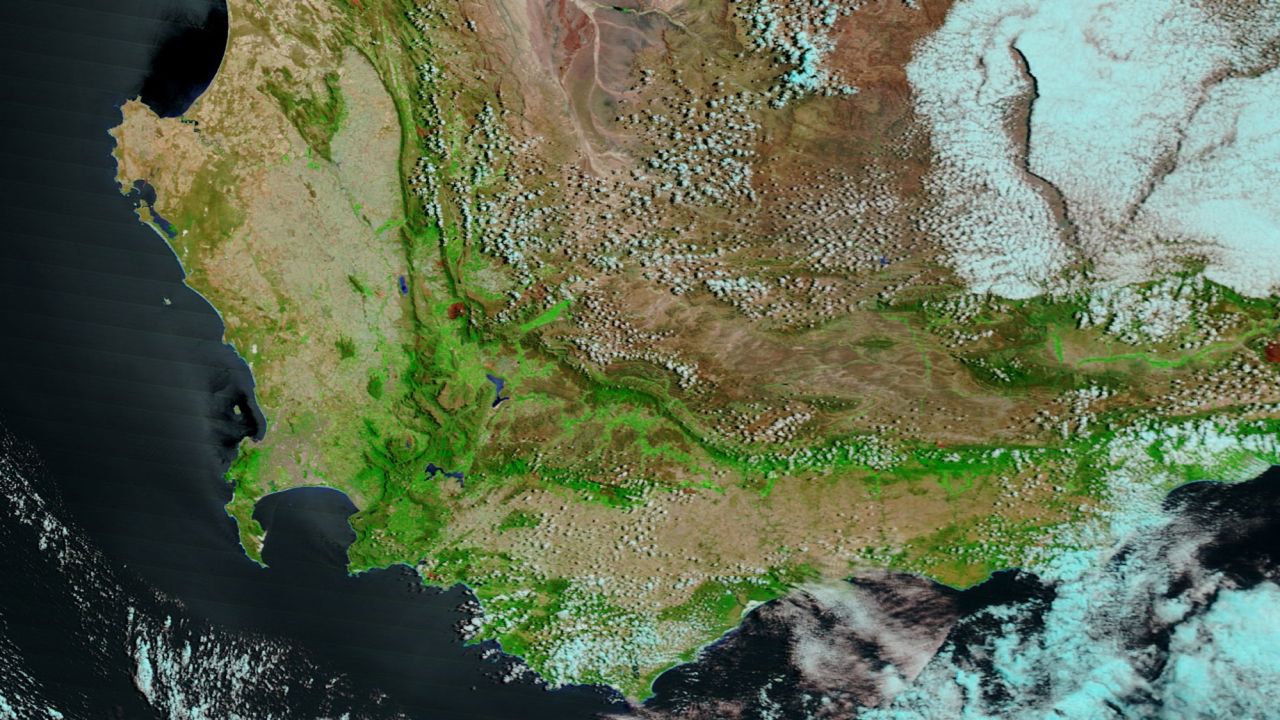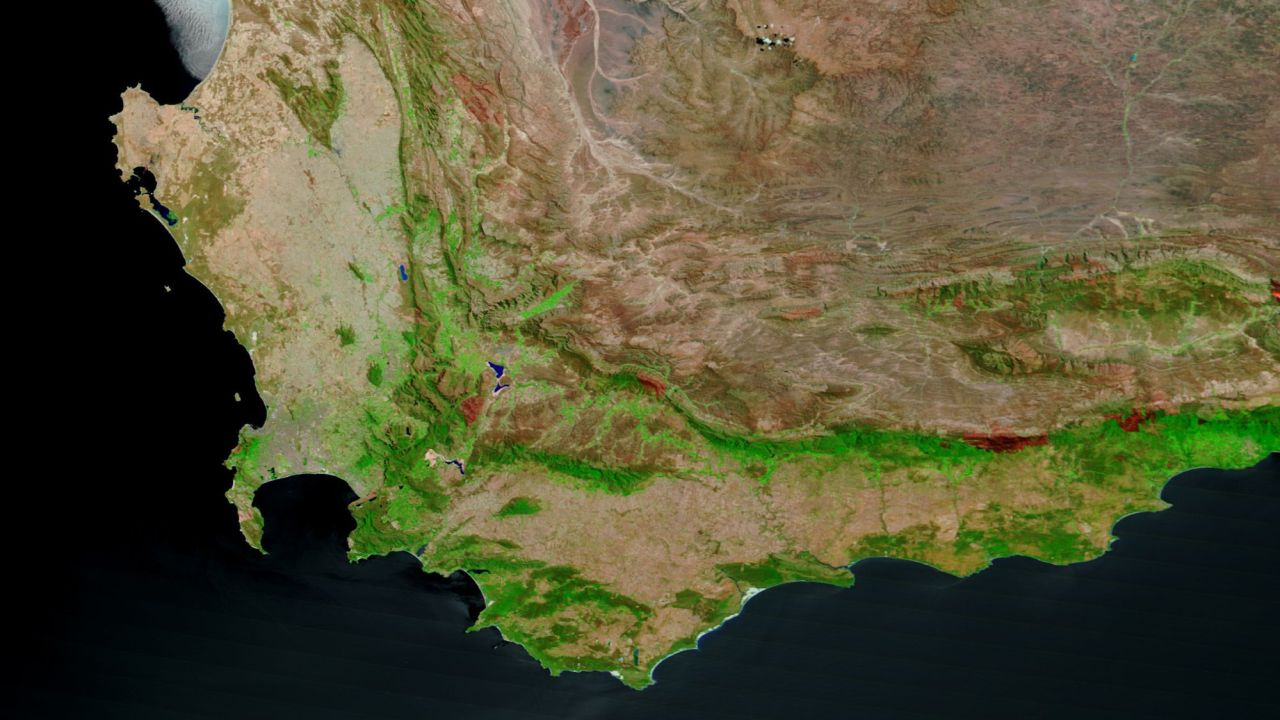New satellite images show just how far Cape Town’s biggest water reservoir has shrunk as the city nears the day when it completely runs out of water.
Drought, population growth and climate change are helping fuel Cape Town’s water crisis. Officials believe taps will run dry on April 12, cutting off water access to the city’s 4 million residents.
Satellite images provided to CNN by planet.com show the Theewaterskloof Dam, Cape Town’s largest water reservoir, at dangerously low levels. It’s only 13 percent full this week — down a full percent from last week.
The dam is so massive, it holds more than 480,000 megalitres of water, or 126 billion gallons. It accounts for 53 percent of all water in the region’s dam system.
The broader impact
NASA satellite imagery shows the broader impact that the worst drought in a century has had on the region. The green is the vegetation. The blue are lakes. Both have shrunk, especially near Cape Town.
These ‘false color’ images are generated by NASA’s satellite, which uses multiple wavelengths to help identify different landscapes on Earth.
In an effort to conserve as much water as possible, Capetonians will be restricted to just 50 liters of water a day – about 13 gallons – starting Thursday.





